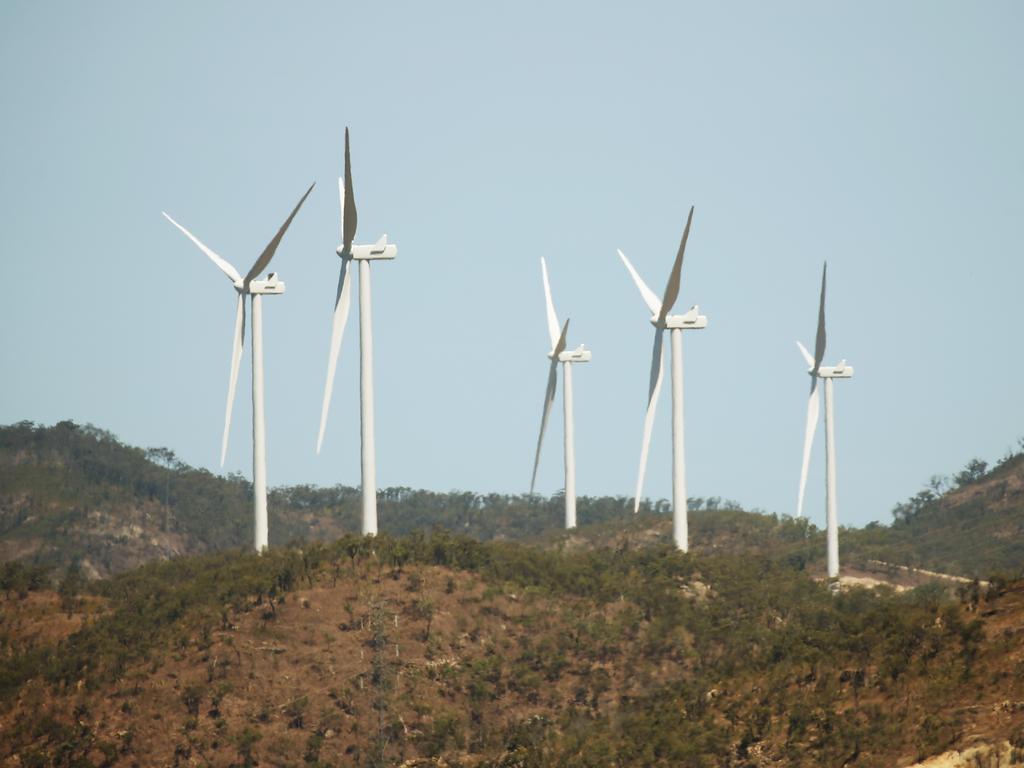Feathers fly over orange bellied parrot’s blow to wind farm plans
An environmental ruling on a rare parrot threatens Australia’s expansion of wind power, as well as a $3.8bn national energy project and climate targets, the industry fears.

An environmental ruling on a rare parrot threatens Australia’s expansion of wind power, as well as a $3.8bn national energy project and climate targets, the renewable energy industry fears.
Multiple sources in the clean energy sector said there were potentially “disastrous” ramifications emerging from a decision by Tasmania’s Environment Protection Authority last week.
In a bilateral federal-state assessment, the EPA ruled that a $1.6bn wind farm proposed for Robbins Island, in the state’s far northwest, must shut for five months each year to avoid impacting migrating orange bellied parrots, or OBPs.

Industry sources said the “extraordinary” five-month shutdown condition not only killed the 1000WM Robbins Island project, but set a precedent that could close wind farms in other migratory bird corridors for entire seasons. This would cruel wind farm investment, including in Tasmania, where the fate of the $3.8bn federally backed Marinus Link interconnector rests on luring a further 2500MW of wind power to the island state.
The Albanese and state Liberal governments spruik Marinus as part of a plan to make Tasmania the “battery of the nation” and “decarbonise the nation”.
Clean Energy Council generation and storage director Nicholas Aberle warned Australia’s climate targets were at stake and questioned the science behind the Robbins Island decision.
“(We) recognise the need to keep the environmental impact of the industry as low as possible, but we also need to recognise that climate change is a serious threat to very many species,” Dr Aberle said. “Delaying clean energy projects puts climate goals at risk.
“Based on the OBP national recovery plan, climate change is considered a far greater risk to the species than the impacts of wind farms.”
Dr Aberle reflected the bafflement in the wind industry at the decision to effectively stop a major wind project on the chance parrots might be impacted, rather than evidence.
“Sadly, OBP haven’t been sighted on Robbins Island since 2003,” he said. “In addition, nearby wind farms have 10 years of monitoring data with no evidence of OBP deaths.
“It is crucial any proposed constraints placed on a renewable project are based on an objective assessment of credible scientific methods and established data. Without such a process this will mean greater uncertainty for renewable energy projects and likely delay real action on climate change.”

Developer of the Robbins Island project, ACEN Australia, said it would consider appealing against the five-month shutdown to Tasmania’s planning tribunal, warning it could frustrate not only its project but others.
“The specific condition was a surprise to us and we are currently assessing our options,” said chief operations officer David Pollington.
“In terms of broader implications, the concern would be the impact on the development of renewable energy projects, which would be making a positive impact on climate change.”
As well as likely ending up in the state planning tribunal, the 122-turbine project’s fate will rest on a decision by federal Environment Minister Tanya Plibersek, who has pledged to strengthen national environmental laws and end species extinctions.
Ms Plibersek declined to comment, referring questions to her department.
“The department will carefully consider all relevant information, including the (EPA’s) Environment Assessment Report, before making a recommendation as to whether the project should be approved or not,” a department spokeswoman said.
Tasmanian Energy and Renewables Minister Guy Barnett said he did not believe the EPA ruling would jeopardise Marinus or the concept of Tasmania – via expanded hydro and wind capacity – becoming the nation’s battery. However, he said it highlighted the need to “streamline” renewable energy project approvals.
The OBP is one of the world’s rarest birds. Latest figures suggest fewer than 70 birds returned to the state after the winter migration to the mainland.
In explaining its decision, EPA board chair Andrew Paul said the shutdown condition was based on the limited knowledge about the importance of Robbins Island to OBP migrations, as well as the species’ national recovery plan.








To join the conversation, please log in. Don't have an account? Register
Join the conversation, you are commenting as Logout